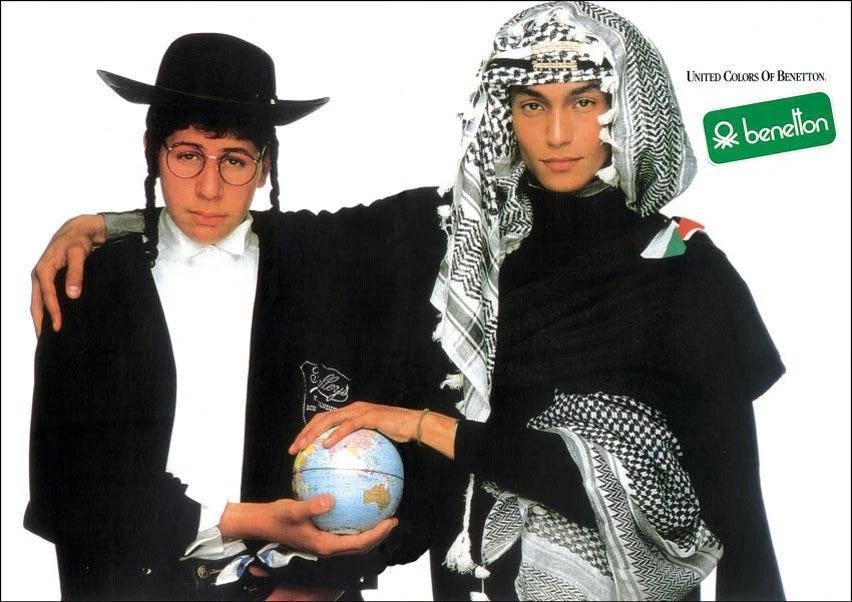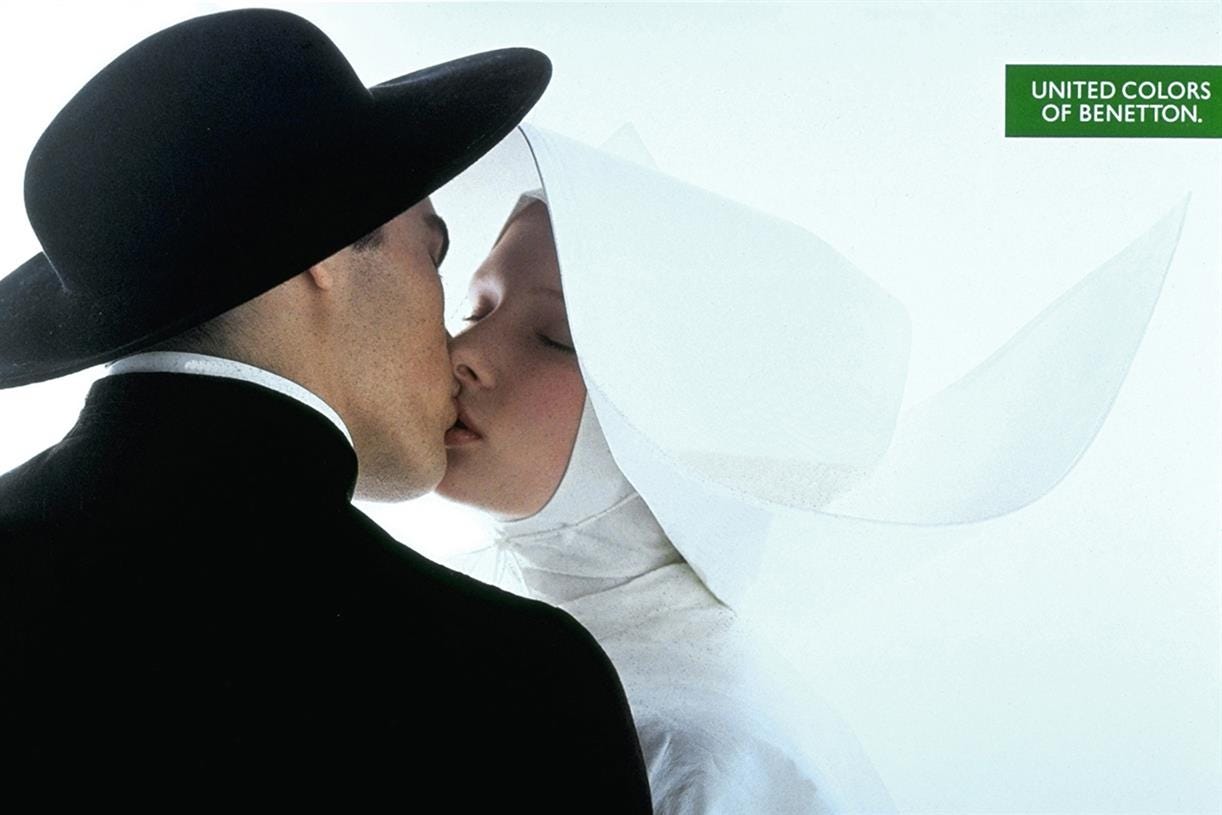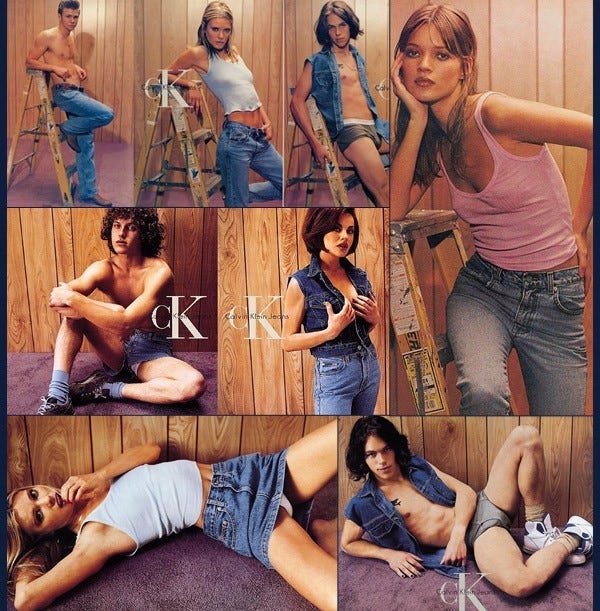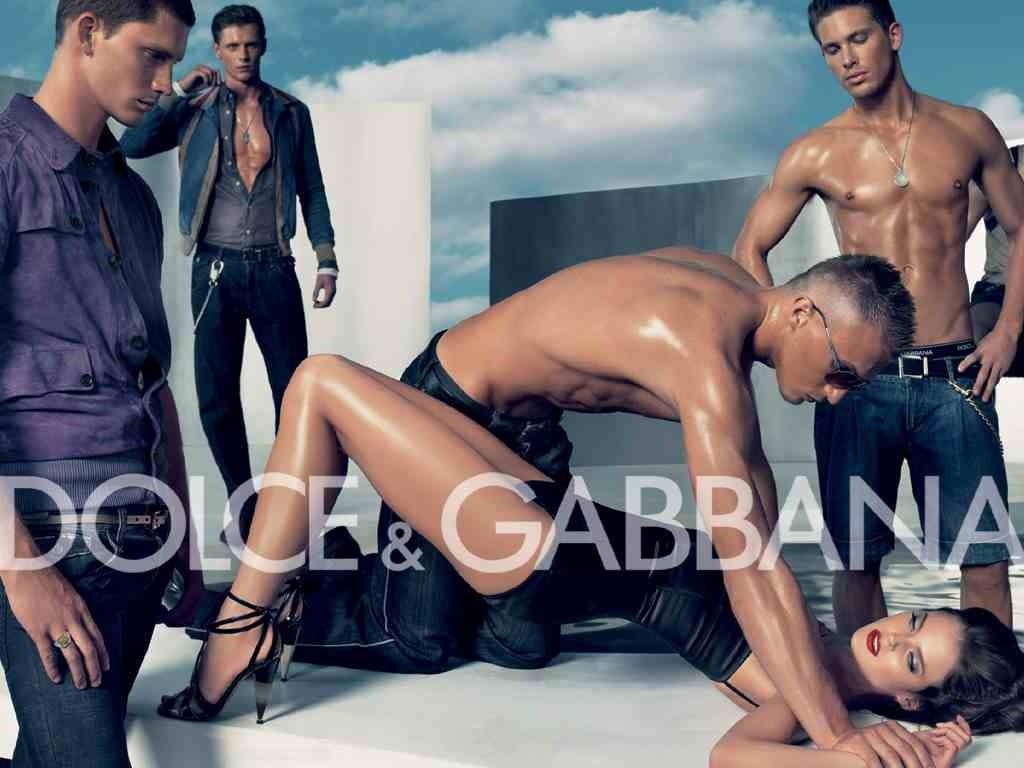When Ads Go Too Far
Some adverts are clever. Some get banned. Here’s a look at the wildest real adverts that were pulled off screens, banned by regulators, and sealed their place in advertising history.
Over the years, companies have released ads so wild, tone-deaf, or flat-out stupid that regulators had no choice but to shut them down.
We’re not talking about ads that annoyed a few people — these are the ones that got pulled from TV, ripped off billboards, and scrubbed from the internet.
Here’s a look at the brands that thought they were being clever — and ended up making advertising history for all the wrong reasons.
Ford’s Cat-Decapitating Ka (2003)
Ford wanted to show off the "attitude" of its new SportKa.
Instead, they traumatised half of Britain.
The advert starts innocently enough: a cat hops onto the car’s sunroof. Then — wham! — the sunroof slams shut and decapitates the cat.
The strapline? “The Ford SportKa. The evil twin.”
Shockingly, this wasn’t a rogue ad — it was officially made by Ford’s agency. But the public outrage was instant.
Thousands of complaints flooded in. Animal rights groups kicked off.
The UK’s Advertising Standards Authority (ASA) formally banned the ad, ruling it was offensive, gruesome, and seriously not funny.
Ford apologised and pulled the campaign before the complaints could pile up even higher.
Benetton’s Shockvertising Era (1990s)
If there was ever a brand that turned getting banned into a marketing strategy, it was Benetton.
In the 1990s, they moved way beyond selling jumpers — and straight into trying to sell outrage.
One notorious Benetton poster showed a newborn baby still covered in blood and umbilical cord. Another showed a man dying of AIDS.
Then there was the image of a priest kissing a nun. You get the idea.
Regulators across Europe cracked down hard. Italy ordered many of the images banned from public spaces. The UK slapped restrictions on Benetton billboards.
Even as awards rolled in from some corners of the art world, everyday people were left asking: What does any of this have to do with clothes?
Benetton didn’t seem to care. Their thinking was simple: bans = headlines. And in that, at least, they absolutely succeeded.
Calvin Klein: When Sexy Crossed the Line
No brand flirted with controversy harder — or got smacked harder — than Calvin Klein.
In 1980, a 15 year old Brooke Shields caused chaos with a now-infamous jeans advert.
Delivering the now-famous line straight to the camera, she said: “You want to know what comes between me and my Calvins? Nothing.”
The innuendo was loud and clear.
Parents were furious. TV stations across America banned the ad, refusing to broadcast what they saw as the blatant sexualisation of a minor.
It didn’t matter. Calvin Klein laughed all the way to the bank as sales shot through the roof.
Fast forward to 1995, and Calvin Klein decided to double down on edgy — but this time, it properly backfired.
A new campaign featured young-looking models in sleazy, basement-style shoots. One ad had a teenage girl with her skirt hiked up. Another showed shirtless boys being questioned by an offscreen man.
It was supposed to be “gritty.” Instead, it looked like police evidence from a bad crime show.
The FBI launched an investigation into whether underage models were used. Under the weight of political pressure and public disgust, Calvin Klein pulled the entire £6 million campaign, and the ads were formally banned from airing.
Turns out, there’s a fine line between provocative and perverse — and Calvin Klein spent the '80s and '90s learning that the hard way.
Dolce & Gabbana’s Glamourised Assault (2007)
When Dolce & Gabbana tried to be edgy, they went straight off a cliff.
In 2007, they ran a glossy magazine ad showing a woman pinned to the ground by a shirtless man, while several other men stood watching.
It looked less like a fashion shoot and more like a crime scene.
Italy’s advertising authorities immediately banned it, citing that it “offended the dignity of the woman” and promoted violence. Spain and other countries quickly followed.
Women’s groups condemned the ad as glamorising sexual assault. D&G responded by huffily suggesting that Spain was “behind the times,” then eventually pulled the campaign under massive pressure.
This wasn’t just bad taste — it was a total PR disaster. A reminder that shock for shock’s sake usually ends badly.
PETA’s “Veggie Love” – Too Racy for the Super Bowl (2009)
Animal rights group PETA has a long tradition of making ads so outrageous that networks refuse to touch them — which is, frankly, the whole point.
For the 2009 Super Bowl, they pitched an ad called “Veggie Love.” It featured scantily-clad women getting way too friendly with vegetables.
NBC, after about five seconds of reviewing it, said no chance. The network formally banned the ad for “exceeding accepted standards of sexuality.”
Rather than tone it down, PETA blasted the ban all over the internet — and got millions of views online anyway.
Classic PETA move: get banned, play the victim, go viral.
Xbox’s "Champagne" Ad Ban (2002)
In 2002, Microsoft launched a TV advert for the Xbox that was supposed to be deep and meaningful.
Instead, it just horrified everyone.
The ad opens in a hospital delivery room. A newborn baby shoots out of his mother, smashes through the window, and rockets across the sky — ageing rapidly as he flies. Finally, he crash-lands straight into his own grave.
The tagline? "Life is short. Play more."
It was meant to be clever. It came off as deeply unsettling. Viewers complained that it was disturbing, disrespectful, and just plain weird.
The UK’s Independent Television Commission agreed — officially banning the ad from broadcast after receiving over 130 complaints.
Microsoft pulled the TV version but kept it alive online and in cinemas.
Still, if you have to explain your ad that much, it probably isn’t working.
Hyundai’s Suicide Ad Ban (2013)
In 2013, Hyundai thought they were showing off their eco-friendly cars.
Instead, they nearly torched their brand overnight.
The online advert for the Hyundai ix35 showed a man attempting to kill himself via carbon monoxide poisoning — but failing because the car’s emissions were so clean.
It was meant to be clever. It was absolutely not. Public reaction was immediate and furious.
Suicide prevention charities condemned the ad as grossly insensitive.
Hyundai pulled the ad immediately, apologised, and regulators across multiple countries formally banned it from television and online platforms.
It remains a lesson in how good intentions — combined with spectacularly bad judgement — can blow up in your face.
A Final Thought
Getting banned is risky — but unforgettable.
The brands that crossed the line didn’t just spark public backlash — they got formally slapped down by regulators, networks, and watchdogs.
And while the companies behind these disasters often scrambled to apologise, many of these banned ads became infamous — seared into advertising history forever.
Because sometimes, pushing too far doesn’t just get you banned.
It gets you remembered.







